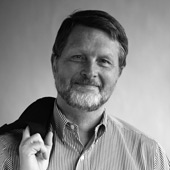The museum has accumulated more than 60,000 objects from Communist-era Eastern Europe, including furniture and décor, paintings, sculptures, posters, flags and banners, signs, political propaganda, clothing, tapestries, textiles, books, scrapbooks, films, electronics, remnants of Checkpoint Charlie and the longest stretch of the original Berlin Wall outside of Germany.
Many key objects in their collection were rescued in the nick of time. The reason, I was told, is that people in the region wanted to discard anything that reminded them of that suppressive era. Objects of communist oppression and Soviet dominance were joyfully discarded.
“Wende” is a German word that means “turning point,” in reference to the collapse of communist East Germany in 1989 and the creation of a reunified German state a year later.
So why would a museum that examines the histories of Eastern Europe during the Cold War be located in Los Angeles? According to the museum, “their location in California provides independence and critical distance from current political debates in Europe, and also facilitates the questioning of preconceived ideas about our past and present. Moreover, the Museum’s physical remoteness from Central and Eastern Europe has enabled it to attract significant artifacts and collections that might otherwise have been destroyed as a result of emotional and political reactions.”
The Wende Museum was founded by Justinian Jampol in 2002 with a mission to preserve the quickly disappearing cultural artifacts and personal histories of Cold War-era Eastern Europe and the Soviet Union.
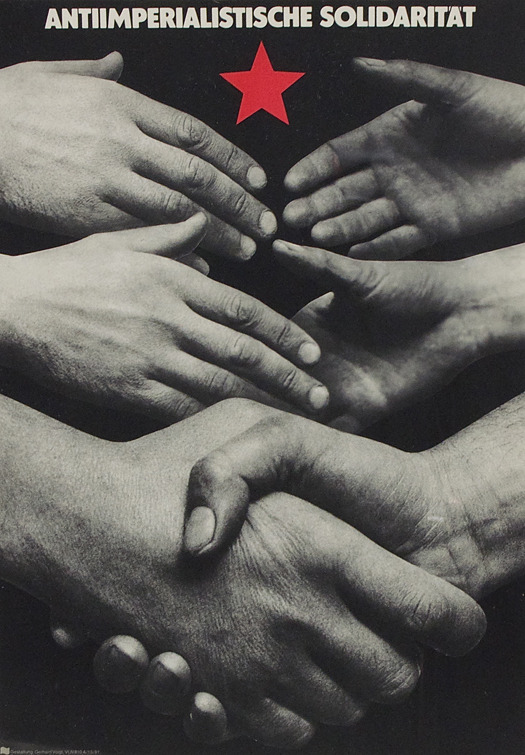
Gerhard Voigt
Antiimperialistische Solidarität (Anti-Imperialist Solidarity), 1981
Poster, 15 3/4 x 11 1/4 in. (28.5 x 40cm)
East Germany
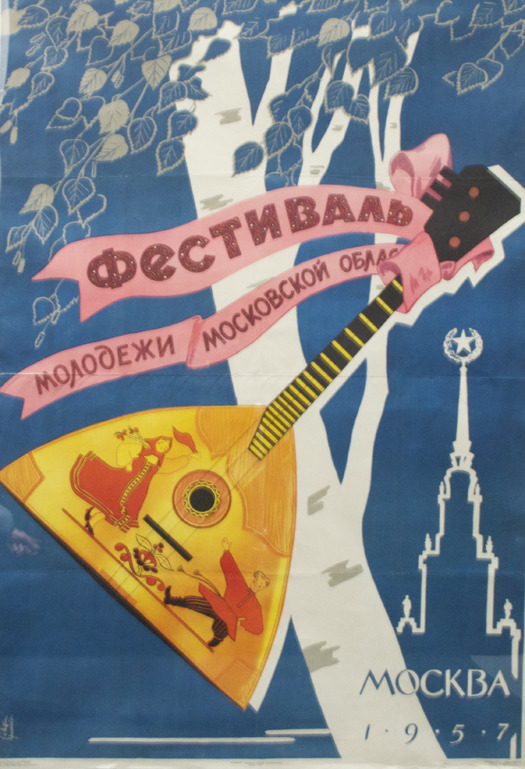
Artist Unknown
Festival molodezhi v Moskovskoi Oblast (Youth Festival in the Moscow Oblast), 1957
Poster, 48 1/2 x 33 3/4 in. (123 x 86cm)
USSR
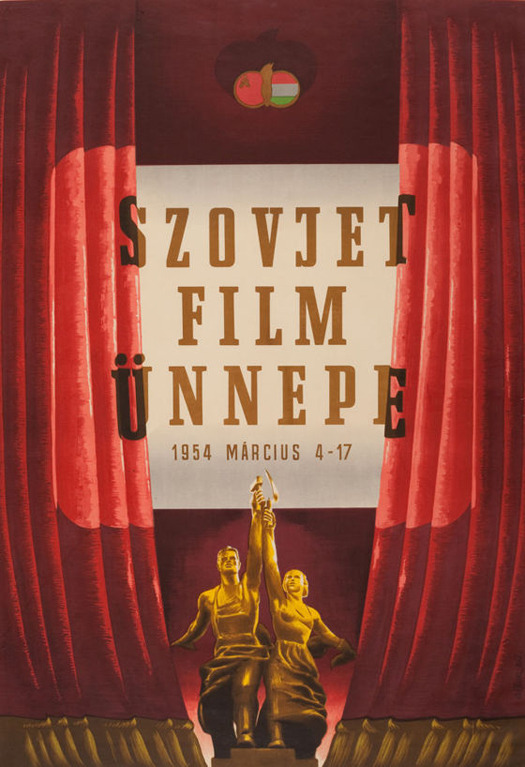
Pal Gabor
Szovjet Film UÅNnnepe (Festival of Soviet Film)
Poster, 49 in x 36 1/4 in (124.46 x 92.075 cm)
Hungary
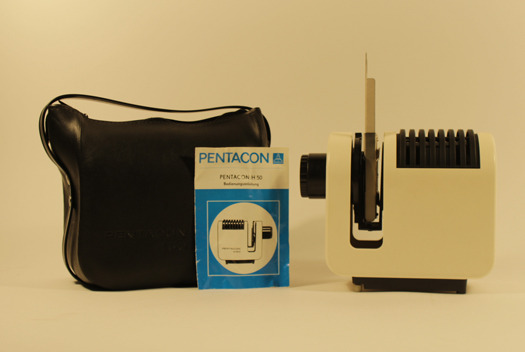
Pentacon H50 Portable Slide Projector, 1987
VEB "Otto Buchwitz" Starkstromanlagenbau Dresden
Leather, Paper, Plastic
7 in. x 3.5 in. (18 cm x 9 cm)
Dresden, East Germany
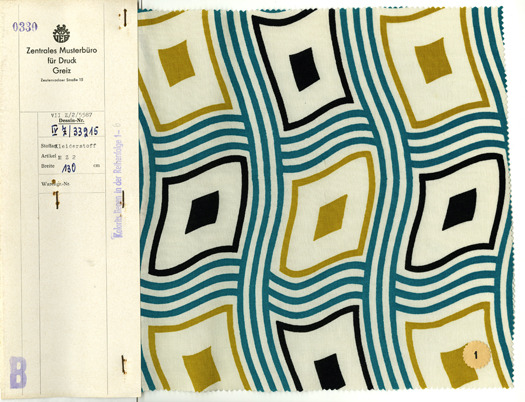
Textile Samples (Stoffmuster), 1950s
Volkseigener Betrieb Zentrales Musterbüro für Druck
Fabric
16.5 in. x 16.75 in. (42 cm x 42.5 cm)
Greiz, East Germany
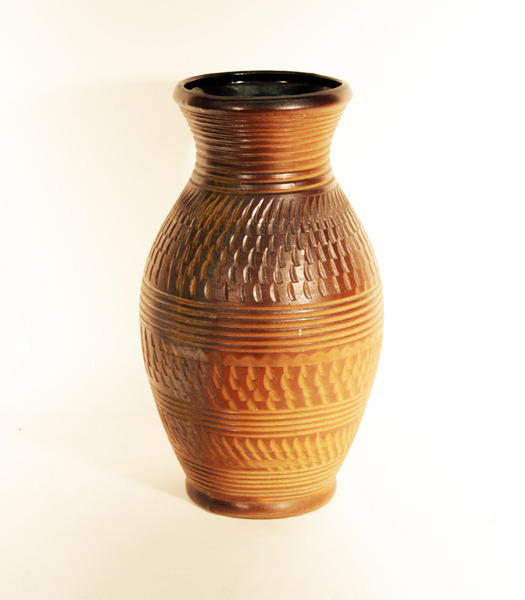
Vase (Vase), n.d.
Unknown
Ceramic
15.75 in. x 6.5 in. dia. (40 cm x 16 cm dia.)
East Germany
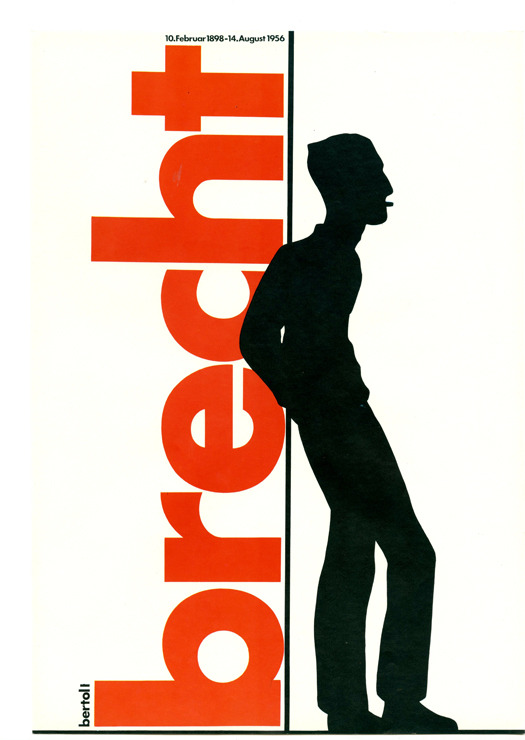
2011.900.603
Poster, Bertolt Brecht (Plakate, Bertolt Brecht), 1978
Gerhard Voigt/Verlag für Agitations-und Anschauungsmittel
Paper
15.75 in. x 11.25 in. (40 cm x 28 cm)
Rostock, East Germany
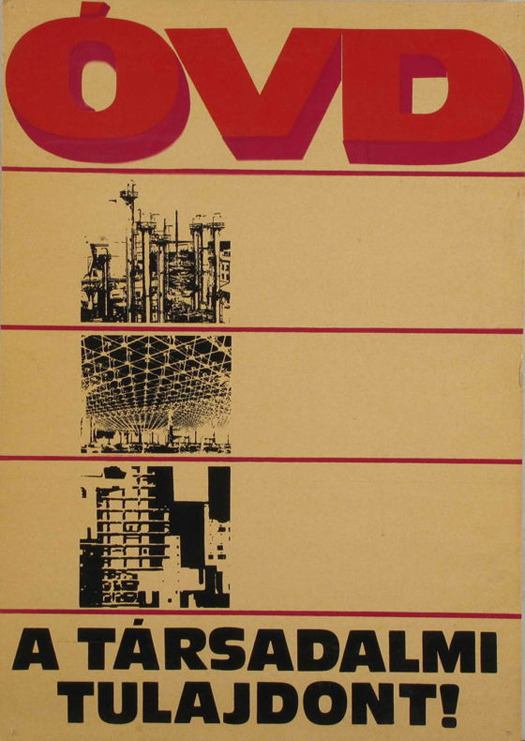
Protect the Social Property
Poster, 67 x 47.5 cm
Hungary
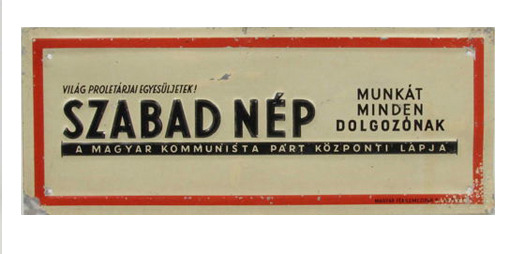
Szabad NEÅLP (THE FREE PEOPLE)
Hungarian Communist Party Central Newspaper
with titles: Workers of the world, unite! Work for all Workers!
painted aluminium
10 x 25 cm
Hungary
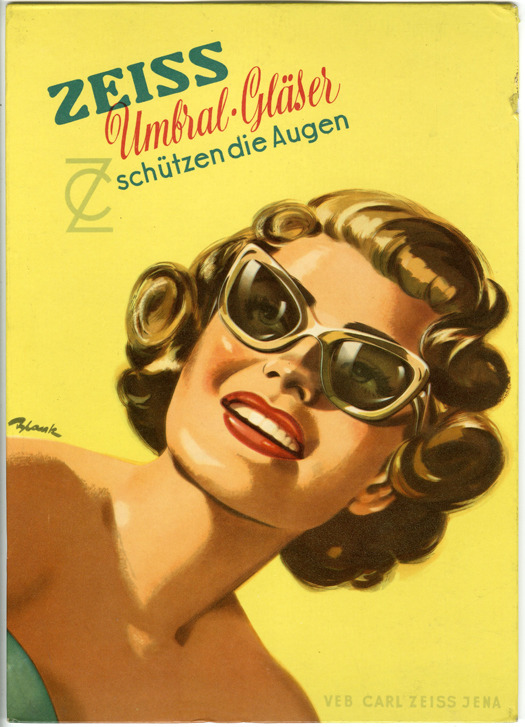
Advertisement, Zeiss Umbral Lenses Protect the Eyes
(Werbung, Zeiss Umbral-GlaÅNser schützen die Augen), 1950s
VEB Carl Zeiss Jena
Cardboard, Plastic
13 in. x 9.25 in. (33 cm x 23.5 cm)
Jena, East Germany
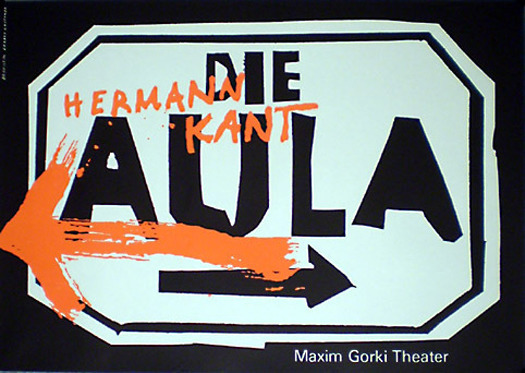
Poster, Die Aula at The Maxim Gorki Theater
(Poster, Die Aula bei dem Maxim Gorki Theater), 1984
Erhard Grüttner
Paper
22.75 in. x 32 in. (57.5 cm x 81.5 cm)
Berlin, East Germany
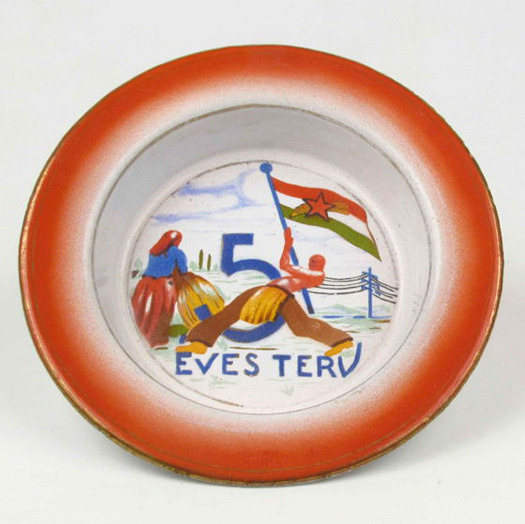
Lampart
FIVE-YEARS PLAN ASHTRAY
enamelled metal
2.5 x 14 cm
Hungary
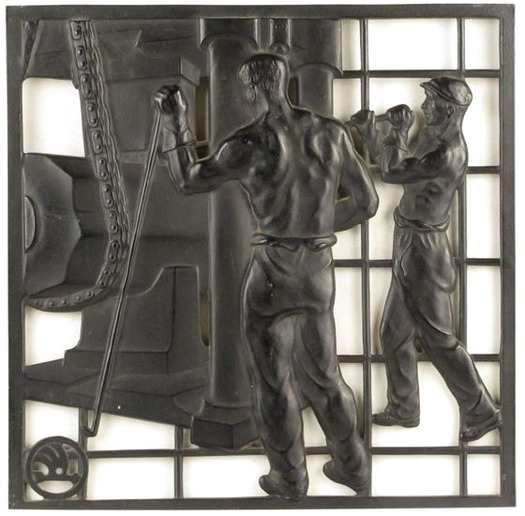
Skoda Machine Factory
Wall Decoration, cast iron
30.5 x 30.5 cm, s.n.
Hungary
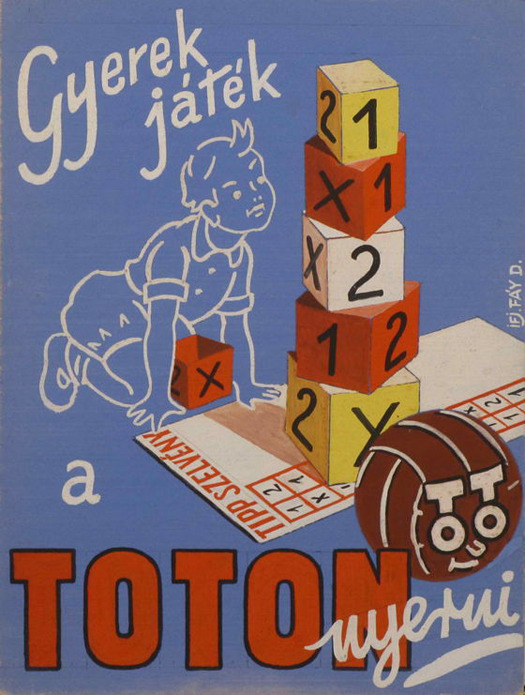
Győző FaÅLy (1918)
Easy Money with Toto
tempera, paper, 24 x 17,5 cm, s.r.c.: ifj. FaÅLy D.
Hungary
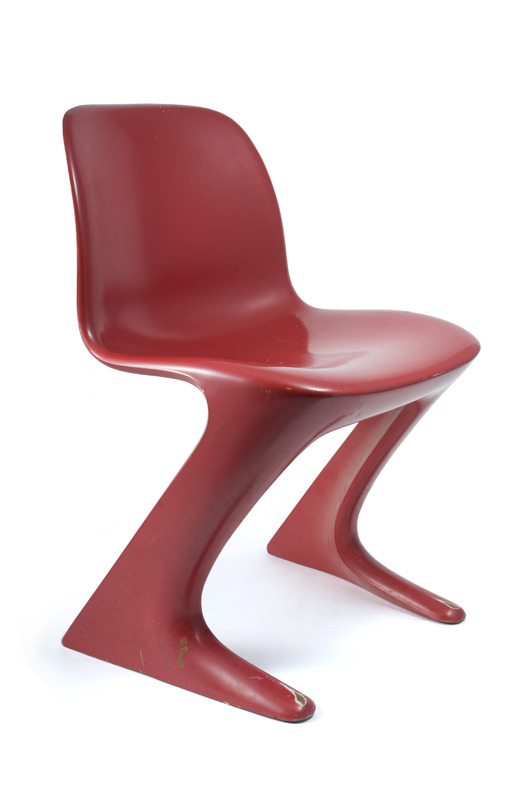
Plastic Chair (PCK Stuhl), 1970
VEB Petrochemisches Kombinat
Paint, Plastic
30 in. x 18.5 in. x 17.5 in. (76.5 cm x 47 cm x 44.5 cm)
Schwedt, East Germany
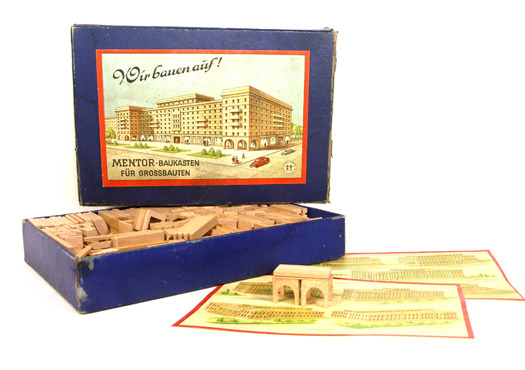
Building Block Set, We are Reconstructing! (Wir bauen auf! MENTOR-Baukasten für
Grossbauten), 1953
Marke Mentor
Cardboard, Wood
8.25 in. x 12 in. x 2.25 in. (21 cm x 30.5 cm x 5 cm)
Krimderode, East Germany
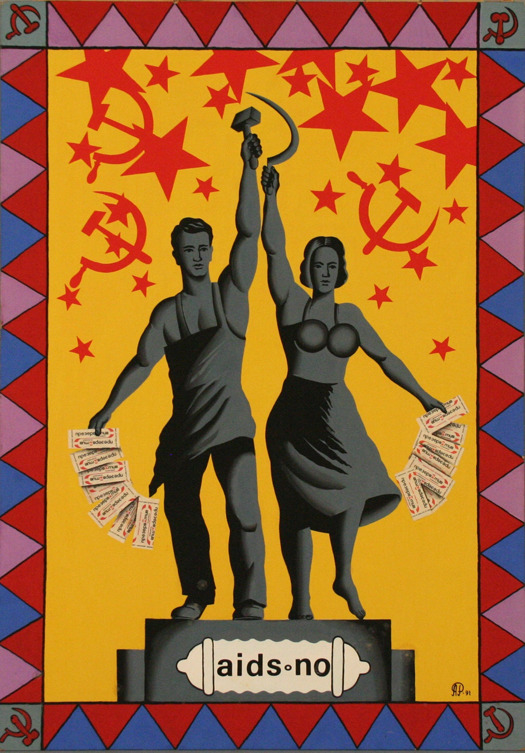
AIDS - No (AIDS – No), 1991
Aleksei Rezaev
Tempera on orgalit
3 ft. 3 ½ in. x 2 ft. 3 ¾ in. (1 m x 70.5 cm)
USSR
Soviet and East German Posters, Ferris Collection
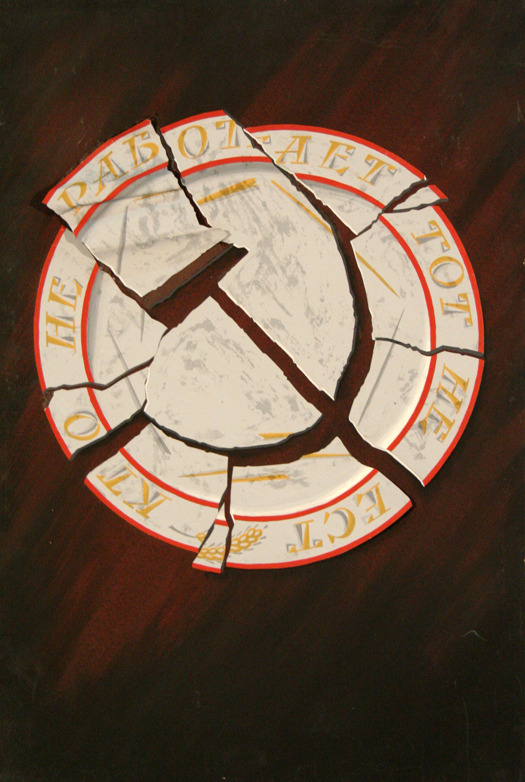
Kto ne rabotaet, tot ne est (He Who Doesn’t Work, Doesn’t Eat), 1990
Aleksandr Petrovich Utkin
Tempera and paper on cardboard
1 ft. 11 ¾ in. x 2 ft. 11 ½ in. (60 cm x 90 cm)
USSR
Soviet and East German Posters, Ferris Collection
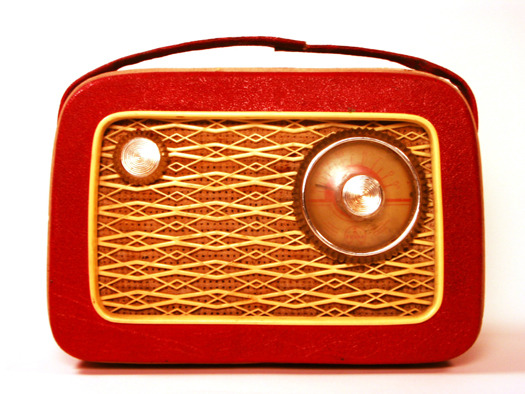
Tesla Radio, n.d.
Plastic, canvas, leather
5 ½ in. x 3 ½ in. x 8 ½ in. (14 cm x 9 cm x 22 cm)
Czechoslovakia
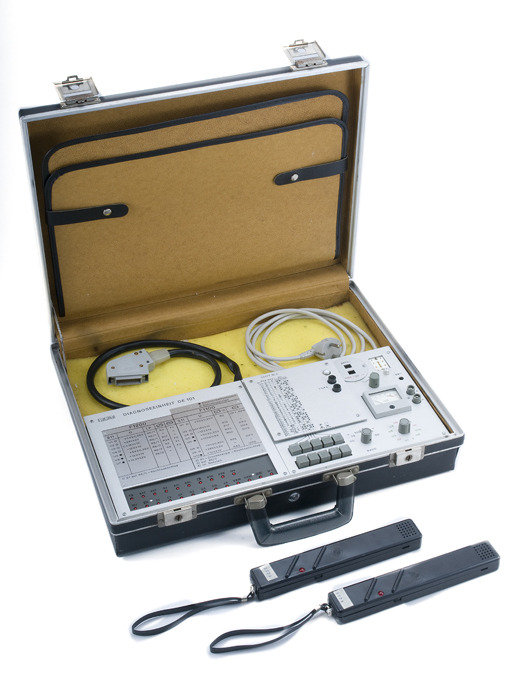
Stasi Briefcase, n.d.
Black plastic, metal, colored plastic and other materials
4 ½ in. x 1 ft 6 ½ in. x 1 ft 2 ½ in. (11.5 cm x 47 cm x 37 cm)
East Germany
The Stasi Espionage Equipment Collection
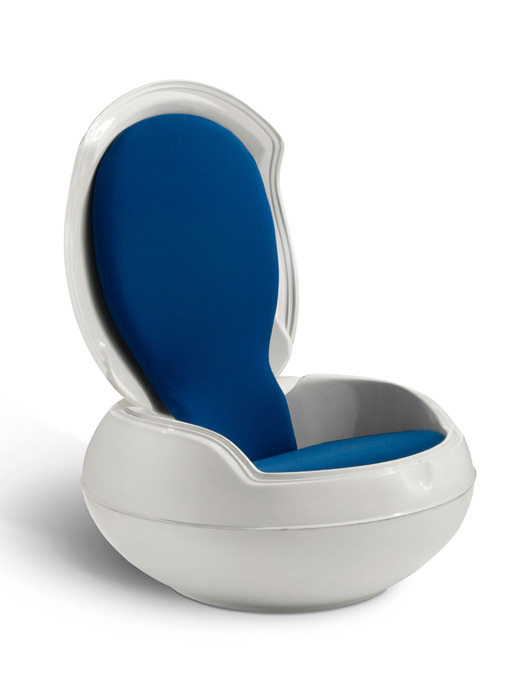
Garden Egg Chair, 1968
Peter Ghyczy
Polyurethane frame, fabric
3 ft 6 ¼ in. x 2 ft 10 in. x 2 ft 7 ¼ in. (107 cm x 86.5 cm x 79.5 cm)
East Germany
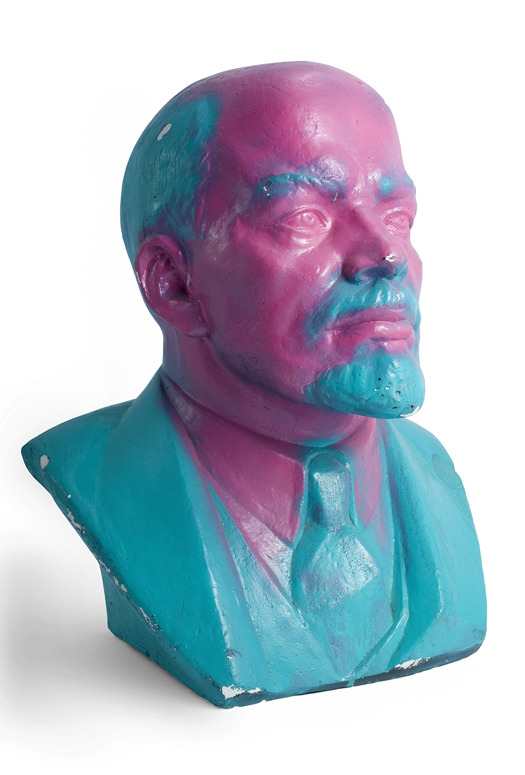
Vandalized Lenin Bust, 1965/89
Plaster
8 in. x 6 ¾ in. x 5 ¾ in. (20 cm x 17 cm x 14.5 cm)
East Germany
Originally produced in the mid-1960s, this Lenin bust was identical to many others. They were plaster-cast, painted dark to resemble a bronze patina and displayed in public places across the East Bloc. More than twenty years later during the Monday Demonstrations, (a series of peaceful political protests against the government of the GDR starting in Leipzig in September), this icon was spray-painted in pink and turquoise by protesters.
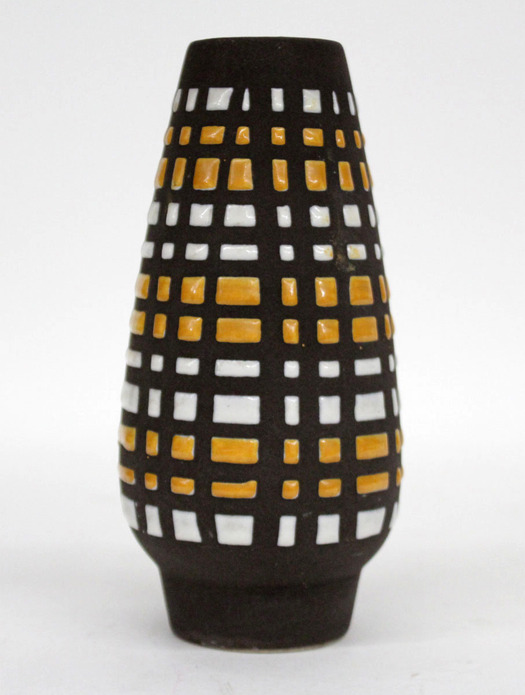
Vase (Vase), n.d.
Strehla
Ceramic
6.25 in. x 3 in. dia (15.5 cm x 7.5 cm dia)
Strehla, East Germany
Accidental Mysteries is an online curiosity shop of extraordinary things, mined from the depths of the online world and brought to you each week by John Foster, a writer, designer and longtime collector of self-taught art and vernacular photography. “I enjoy the search for incredible, obscure objects that challenge, delight and amuse my eye. More so, I enjoy sharing these discoveries with the diverse and informed readers of Design Observer.”
Editor's Note: All images are copyright of their original owners.
Editor's Note: All images are copyright of their original owners.

